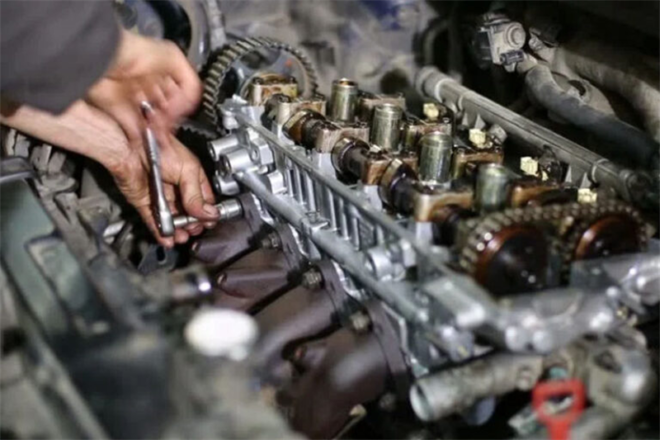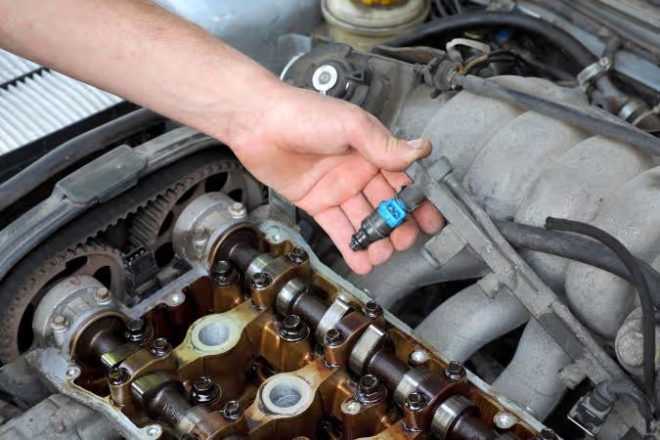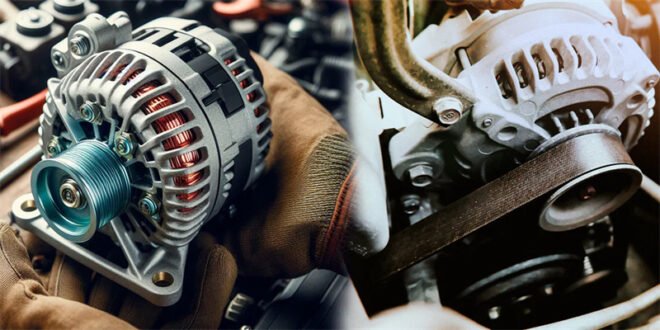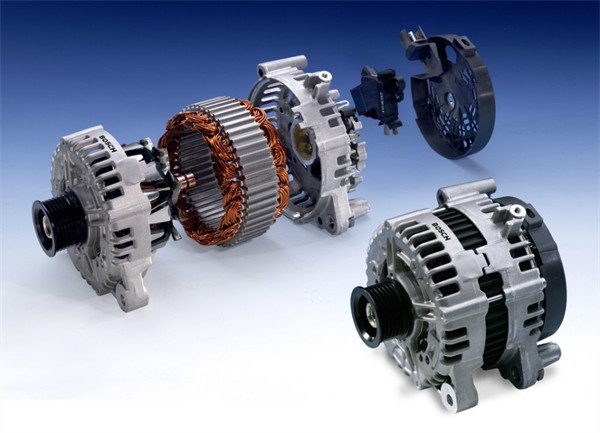When your vehicle’s engine refuses to start, one of the first culprits that come to mind is the battery. But sometimes, the issue isn’t the battery at all. It could very well be the starter solenoid, a crucial part of your vehicle’s electrical system. Though it’s small in size, the starter solenoid plays a massive role in ensuring your vehicle starts up properly. In this article, we’ll explore the function, importance, and common issues related to the starter solenoid and why it’s essential for the efficiency of your vehicle’s engine.
What Is a Starter Solenoid?
The starter solenoid is an electromagnetic switch located on or near the starter motor in most vehicles. Its primary function is to engage the starter motor when you turn the key or press the start button. When you activate your vehicle’s ignition system, the solenoid receives an electrical current from the battery, which, in turn, closes the circuit and connects the battery to the starter motor, initiating the engine’s rotation. Without the solenoid, your starter motor would not receive the required electrical energy to turn the engine over, making it impossible to start your vehicle.
The Function and Importance of the Starter Solenoid
At its core, the starter solenoid serves as a relay between your battery and the starter motor. Here’s a closer look at its function:
- Electrical Current Flow: The solenoid acts as a switch that connects the battery to the starter motor. When you turn the key, the solenoid allows the flow of electrical current to the starter motor.
- Engagement of the Starter Gear: When the solenoid receives power, it also engages the starter motor’s gear, known as the bendix, with the engine’s flywheel. This action is necessary to rotate the engine and start it.
- Disengagement after Start: Once the engine starts, the solenoid disengages, cutting off power to the starter motor and disconnecting the starter motor from the flywheel.
This sequence of actions is vital to getting your engine up and running. Without it, the engine wouldn’t be able to turn over, and you’d be left stranded with a non-functional vehicle.
Why Is the Starter Solenoid Essential for Engine Efficiency?
The starter solenoid is one of those parts that people rarely think about, yet it plays an integral role in ensuring your vehicle operates efficiently. Here are a few reasons why:
- Ensures Smooth Engine Start: A malfunctioning starter solenoid can result in a delayed or failed engine start. When the solenoid doesn’t engage properly, the battery’s energy won’t reach the starter motor, causing an issue known as a “no-start.”
- Prevents Damage to the Battery: A faulty solenoid may cause the starter motor to draw excessive current from the battery, potentially leading to battery drain or even damage. A functional solenoid ensures that the battery’s energy is used efficiently.
- Reduces Wear on the Starter Motor: A starter motor working without proper engagement can wear out quickly. The solenoid ensures that the starter motor is engaged only when needed and disengaged once the engine starts, reducing unnecessary wear on the motor.
Common Problems with Starter Solenoids
Like any other electrical component, the starter solenoid is prone to wear and tear. Here are some of the most common issues:
- Solenoid Failure: If the solenoid fails, the vehicle may not start, as it will not be able to engage the starter motor.
- Worn-out Contacts: Over time, the solenoid’s contacts may wear out, leading to intermittent starting issues.
- Corroded Connections: Corrosion at the solenoid’s terminals can interfere with the electrical connection, preventing it from properly transmitting current to the starter motor.
Signs Your Starter Solenoid May Be Failing

It’s important to recognize when the starter solenoid is on the verge of failing to avoid unexpected breakdowns. Here are some symptoms to watch for:
- Clicking Sound: If you hear a clicking sound when turning the ignition, it could be a sign that the solenoid is not engaging properly.
- No Response from the Starter: If the engine doesn’t turn over at all when you turn the key, the solenoid might not be sending power to the starter motor.
- Repeated Attempts to Start: If you find yourself having to turn the ignition key several times before the engine starts, the solenoid may be on its way out.
- Fluctuating Engine Speed: In some cases, a faulty solenoid may cause the engine to start but with fluctuating speeds, as the solenoid fails to maintain a consistent connection.
How to Test a Starter Solenoid
If you suspect your starter solenoid is malfunctioning, you can perform a few simple tests to check its condition:
- Listen for Clicking: Turn the ignition key and listen carefully. A single click is normal, but repeated clicks may indicate a solenoid issue.
- Check Voltage: You can use a voltmeter to check if the solenoid is receiving power when the ignition is turned on.
- Inspect Connections: Inspect the solenoid’s terminals for corrosion or loose connections that could affect performance.
Replacing the Starter Solenoid
If testing confirms that your starter solenoid is faulty, it will need to be replaced. Replacing the solenoid is typically straightforward, though it may require some mechanical expertise. The new solenoid will restore proper functioning, ensuring your vehicle starts smoothly once again.
Conclusion
The starter solenoid is one of the many small, yet critical, components in your vehicle that contributes to overall engine efficiency. Understanding its role in the starting process allows you to better appreciate its importance and address potential issues before they turn into major problems. If your vehicle experiences starting issues, a faulty starter solenoid might be to blame. By staying vigilant and maintaining your vehicle’s electrical components, you can ensure smooth, reliable starts every time you hit the road.




